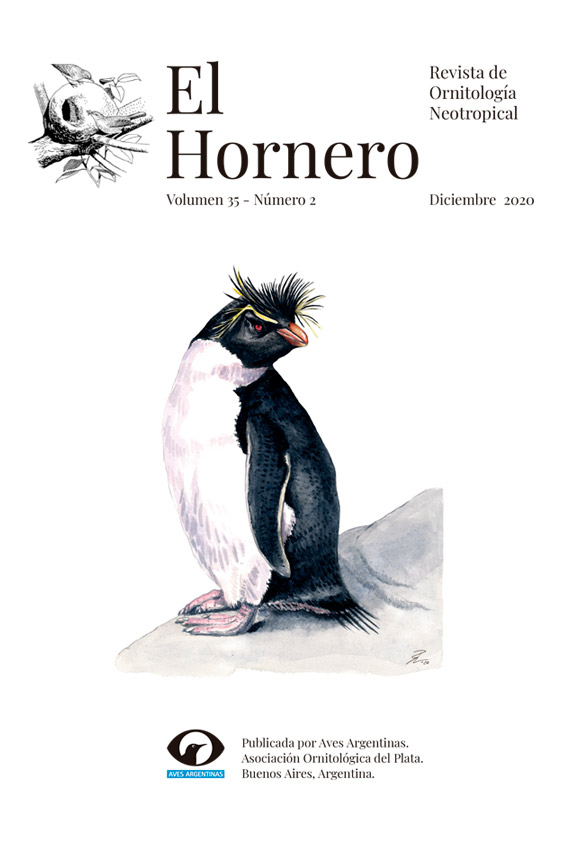Abstract
Semiplumbeous Hawk (Leucopternis semiplumbeus) preys on lizards, snakes, amphibians, mammals, birds, and arthropods. However, there is no information about which bird species compose its diet. This paper presents the first record of a Semiplumbeous Hawk preying on a Red-throated Ant-Tanager (Habia fuscicauda) in Costa Rica, while both were tangled in a mist net. Apparently, the hawk took advantage of the tanager being entangled in the mist net to capture it. This report contributes to the knowledge about the natural history of two species that share a similar habitat.
References
Alonso, J. A., Alván, J. D. & Shany, N. (2012). Avifauna de la Reserva Nacional Allpahuayo Mishana, Loreto, Perú. Cotinga, 34, 132-152.
Bierregaard, R. O., Boesman, P. F. D. & Marks, J. S. (2020). Semiplumbeous Hawk (Leucopternis semiplumbeus). Version 1.0. En del Hoyo, J., Elliott, A., Sargatal, J., Christie, D. A. & de Juana, E. (Eds.) Birds of the World. Cornell Lab of Ornithology, Ithaca.
BirdLife International. (2020). Species factsheet: Habia fuscicauda. Disponible en: http://datazone.birdlife.org/species/factsheet/red-throated-ant-tanager-habia-fuscicauda.
Chiver, I. & Morton, E. S. (2020). Red-throated Ant-Tanager (Habia fuscicauda). Version 1.0. En Schulenberg, T. S. (Ed.) Birds of the World. Cornell Lab of Ornithology, Ithaca.
Ferguson-Lees, J. & Christie, D. A. (2001). Raptors of the World. Christopher Helm, Londres.

This work is licensed under a Creative Commons Attribution-NonCommercial 4.0 International License.





